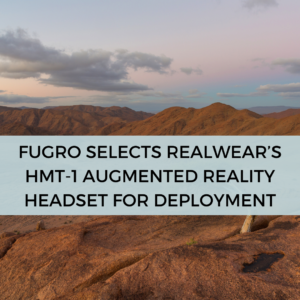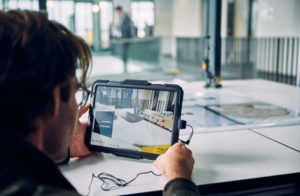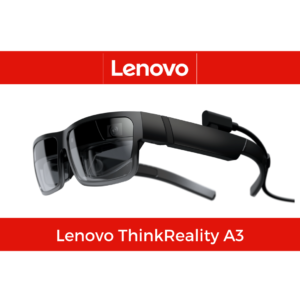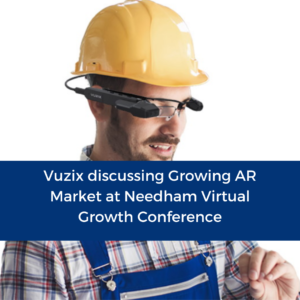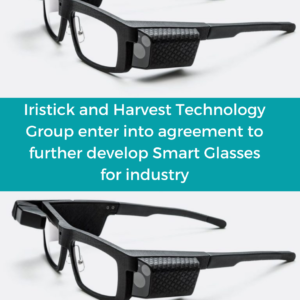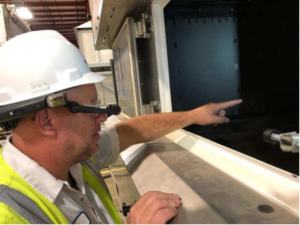The Future of Reality: Vuzix’s Next-Gen AR Smart Glasses
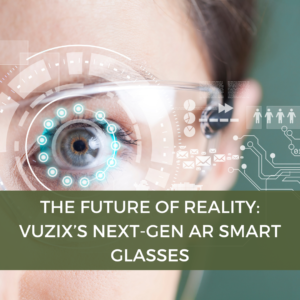
In the years since Vuzix Chief Executive Paul Travers studied computer and electrical engineering in the 1980s, there have been many paradigm shifts in technology. He believes that AR and smart glasses will create a profound shift, even “completely change the paradigm of the phone”.
Vuzix began with a focus on military use cases for AR, working with Six15 Technologies in 2014 to integrate AR technology with goggles for the Navy. Innovations for military clients are still being developed now, but the Vuzix NGSG is focused on enterprise and consumer markets.
The hardware involved in the Vuzix NGSG includes binocular micro-LED projectors, with one of the highest density pixel arrays. This provides extremely bright images with low power demands and excellent contrast. Other features include:
- Noise-cancelling microphones
- Speakers integrated into the glasses’ temples
- Wireless communication with mobile devices
- Built-in LTE cellular option
- Potential future “advanced gesture control” (not yet confirmed by Travers)
Potential use cases for the Vuzix NGSG mentioned in the article include:
- Mapping: AR can give on-screen directions and other useful tags overlaid onto streets and buildings nearby
- Medical: During unfamiliar operations, doctors can get remote guidance from experts to support them
- Shared experiences: Family members can share a view of an event and watch it together
Despite limitless possible applications, AR, like every technology, requires early adopters to popularise it. In response to this, Vuzix is creating developer tools to make app development (or porting across existing apps) easier for users. Matt Margolis, Vuzix’s Director of Business Development and Strategic Relationships, states that porting a mobile app over to a smart glasses app doesn’t require much extra work, and maintains accessibility.
Travers believes that making smart glasses easy to wear in public will ultimately make the technology widely successful. The Vuzix NGSG are closer to this, and pricing is expected to be similar to current smartphones and smartwatches.
To conclude, Travers states that he is anticipating that smart glasses will really come to fruition in the next three years.
Read the full article here, and see Vuzix’s AREA member profile here.
